Military combat is inherently traumatic for those who take part.
The fear of death and injury, seeing one’s comrades injured and killed, and the need to kill or injure an enemy are things that most people in the modern world will never experience.
For those who do experience them, the effects can be profound and devastating.
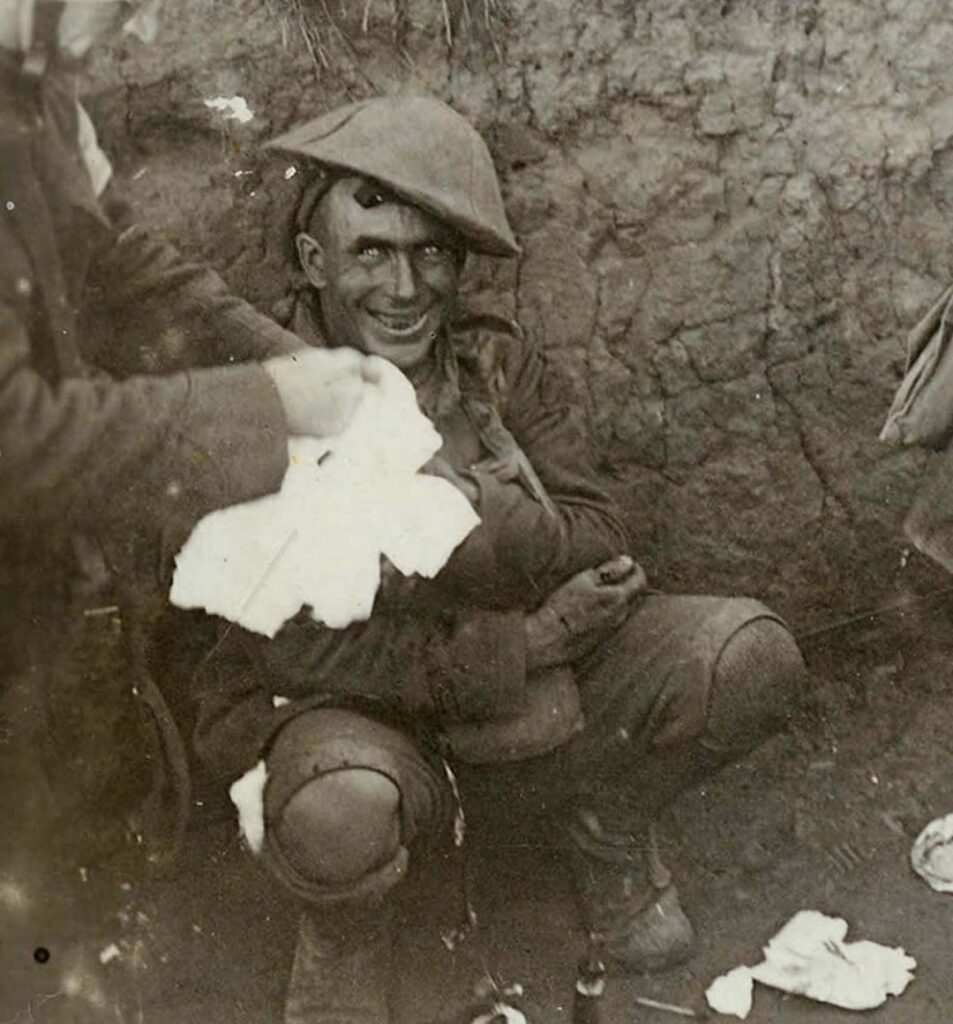

As members of human societies, we are deeply conditioned by custom and laws not to harm our fellow citizens, and we expect others to treat us in the same way.
In wartime, effective soldiers must learn to overcome those inhibitions, to kill, and to accept the risk of themselves being killed.
The wars of the 20th century tell us that people can learn these things, but they also tell us that the psychological cost can be immense.
It was the carnage of World War One, with casualties and suffering on an unprecedented scale, that first brought this to the attention of the then-new field of psychology.
People who experienced the trauma and stress of combat could develop mental health problems that could persist for many years, sometimes for their whole lives.
The doctors and psychologists investigating this new phenomenon gave it a name: they called it Shell Shock.
The History Of Combat Trauma
It seems likely that mental trauma has accompanied combat from the very beginning.
The oldest written account of something that sounds very like the effect of such trauma comes from an account of the Battle of Marathon, written almost 2,500 years ago by Greek writer and historian Herodotus. He tells how:
Epizelus, the son of Cuphagoras, an Athenian, was in the thick of the fray and behaving himself as a brave man should, when suddenly he was stricken with blindness, without blow of sword or dart, and this blindness continued thenceforth during the whole of his afterlife.
The subsequent history of warfare is littered with anecdotal accounts of what also sound like examples of post-combat trauma.
One chronicler of the Hundred Years War, the conflict between England and France that lasted from 1337 – 1453, includes descriptions of combat veterans who, after returning home, would awake from terrifying dreams, and often grab weapons and prepare to defend themselves from imaginary foes.
The Napoleonic Wars (1799 – 1815) saw battles that were larger and more lethal than any that had come before: the four-day Battle of Leipzig in 1813 involved over half a million troops and resulted in over 150,000 casualties.
French Army doctors began to report a common problem: soldiers who had been involved in heavy fighting, particularly those who had come close to death, could be affected by a strange and debilitating lethargy even though they had no obvious physical wounds.
They called this condition “vent du boulet” (cannonball wind) because it was believed to be caused by a near miss from an artillery shell.
Psychology And Combat Trauma
The new science of psychology first emerged in the late 19th century. This proposed that the human mind functioned in ways that were not fully understood, and that the mind could produce physical symptoms.
An Austrian doctor, Sigmund Freud, was the first to suggest that the mind had two separate but linked parts: the conscious and the unconscious.
Freud suggested that the unconscious mind reacted to external events in ways that were not readily apparent, even to the sufferer, and could create odd and troubling behavior.
Psychologists coined a new term, “hysteria,” to describe behavior that came from the unconscious and was often related to trauma.
It wasn’t long before early psychologists began to look at trauma suffered by soldiers and called the resulting effects “combat hysteria.”
It was during the Russo-Japanese War (1904 – 1905) that the effects were first studied closely.
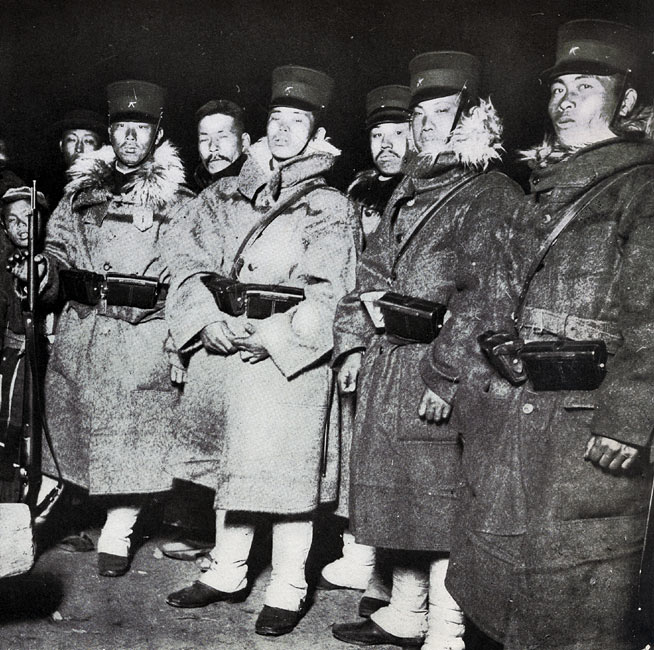
This war saw, for the first time, large armies confronting one another equipped with the latest and most lethal weapons, including machine guns, breech-loading rifles, and quick-firing artillery.
Casualties in this war were higher than ever seen before, and so were the effects of trauma on the soldiers who took part.
A German doctor involved in treating Russian officers during the conflict noted that many seemed to be suffering from a form of traumatic neurosis that he named kriegsneurosen (war neurosis).
Symptoms included amnesia, an inability to speak, blindness, and paralysis.
In many ways, the Russo-Japanese War was a direct precursor to World War One, but no one seemed to learn the lesson that charging entrenched machine guns was futile or that continuing exposure to this new form of warfare might create intense psychological problems on a large scale.
World War One
World War I began in August 1914. It was a conflict initially fought principally between the German and Austro-Hungarian Empires and an alliance of Britain, France, and Russia.
It would involve the largest armies that had ever taken to the field, but when it began, few people expected it to last more than a few months.
On the Western Front, the initial German advance was stopped in France and Belgium, and both sides entered the bloody stalemate of trench warfare.
Attacking enemy trenches protected by machine guns and artillery proved to produce nothing but casualties on an unprecedented scale. The Battle of the Somme, a British attempt to break through German trenches, began in July 1916.
Five months later, the battle ended with no appreciable change in the situation on the ground. Britain and France suffered over 600,000 casualties, while German defenders suffered more than 400,000.
Before the war, army psychologists in all nations had predicted that soldiers would suffer from combat trauma, but nobody had anticipated carnage on such an industrial scale or its impact on the men involved.
From the beginning of the war, army doctors began to report large and growing numbers of men who had no physical wounds but who had been completely disabled by the trauma of combat with symptoms ranging from blindness and paralysis to debilitating fatigue.
In the British Army, this began to be known as “Shell Shock,” with echoes of the French “vent du boulet,” though no-one seems to know when this term was first used.
At first, this was regarded as the result of an injury to the nervous system caused by the concussion of a shell exploding nearby, but it soon became apparent that the majority of people suffering from Shell Shock had not been on the receiving end of an artillery bombardment.
Shell Shock
The first written account of the effects of combat trauma was reported in the Times newspaper in February 1915, when it was noted that the army planned to send home soldiers suffering from “shock” to be treated at the National Hospital for the Paralyzed and Epileptic in London.
At first, the treatment of these men was humane and understanding.
But as the trickle of those suffering from Shell Shock threatened to turn into a torrent that would weaken the British Army (by late 1916, it was estimated that up to 40% of soldiers in the front line were suffering from Shell Shock), this changed.
By the end of 1916, the evacuation of those diagnosed as suffering from Shell Shock back to Britain had become very rare indeed.

Instead, these men were sent to casualty clearing stations close to the front where they were treated not by psychologists, but by army medical orderlies with no formal training in treating mental health problems.
They were subject to solitary confinement, disciplinary measures, and even electric shock treatment. Even this was seen as a temporary expedient – after a brief “rest,” these men were expected to return to the front line and resume their duties.
There was a growing feeling within the highest levels of the British Army that “Shell Shock” was simply a new name given to the trauma from which all soldiers in all conflicts suffer.
Men who could not continue, they seemed to decide, were not ill but cowards or malingerers. They needed not treatment and understanding but punishment.
Men who were suffering from Shell Shock were charged with cowardice or desertion. Some were convicted and executed.
Despite these harsh measures, Shell Shock continued to afflict large numbers of British soldiers.
By the time the war ended, over 80,000 men had been treated for Shell Shock in British Army hospitals, though the risk of being branded a coward probably deterred many more from seeking treatment.
In Britain, a number of former lunatic asylums and hospitals were hastily requisitioned to treat those who were suffering to the point that they simply could not function.
When the war ended in 1918, there were 20 such Shell Shock hospitals in Britain. Three years after the war ended, in 1921, over 15,000 men were still in these hospitals receiving treatment for crippling Shell Shock.
Conclusion
The term Shell Shock was seldom used after World War One, but combat trauma continued to be a major problem. In World War Two, this was known as Combat Stress Reaction (CSR), commonly known as Battle Fatigue.
In general, treatment for those affected was more humane, though some senior officers continued to be skeptical.
American Lieutenant General George S. Patton famously refused to believe that Battle Fatigue was anything other than a cowardly reaction to the stress and fear of combat.
In 1952, the first Diagnostic and Statistical Manual of Mental Disorders (DSM-I) included a definition of “gross stress reaction,” mental disorders brought about by intensely stressful experiences such as combat.
The trauma and mental health problems that affected many U.S. Soldiers who served in Vietnam led in the early 1980s to the identification of a new condition, Post Traumatic Stress Disorder (PTSD), and that term is now used to describe what was previously known as Shell Shock.
The trauma of combat has always existed, but during World War One, men were exposed for the first time to weeks, months, and even years of constant exposure to unremitting fear, death, horror, and suffering.
In those circumstances, it is little surprise that many succumbed to Shell Shock and that some continued to be affected for the rest of their lives.
Sources
https://www.iwm.org.uk/history/voices-of-the-first-world-war-shell-shock

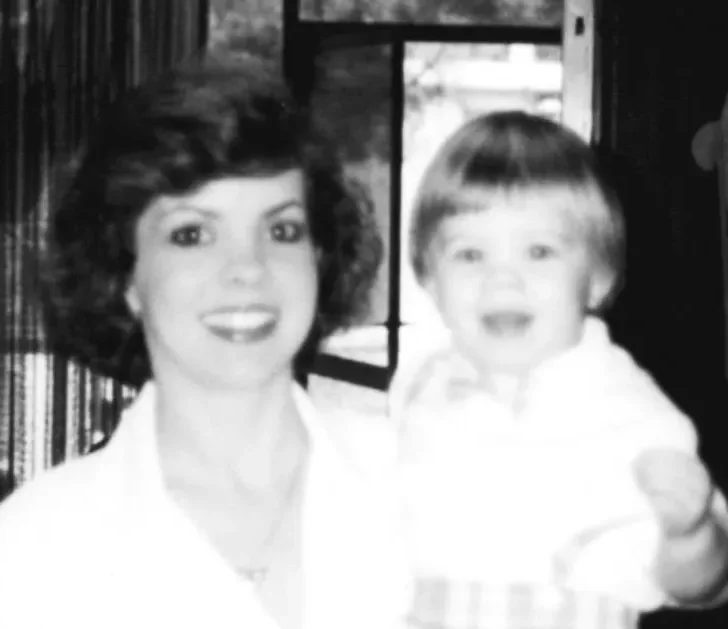


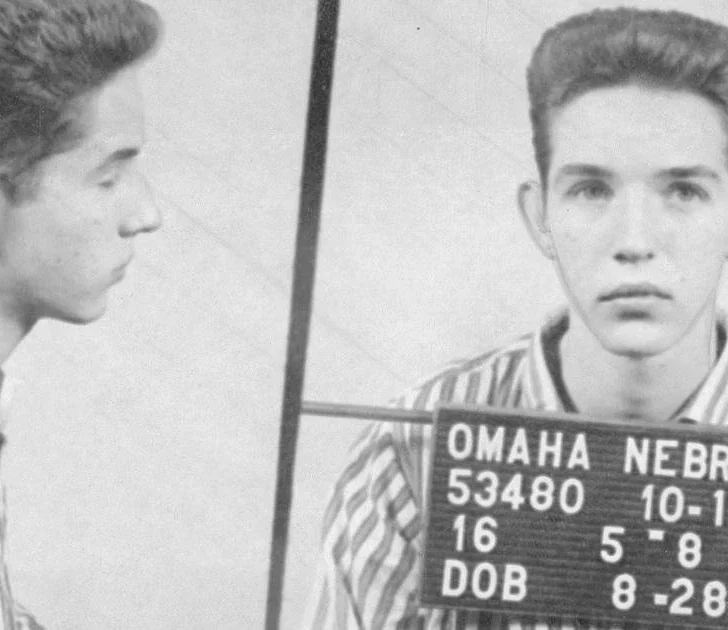




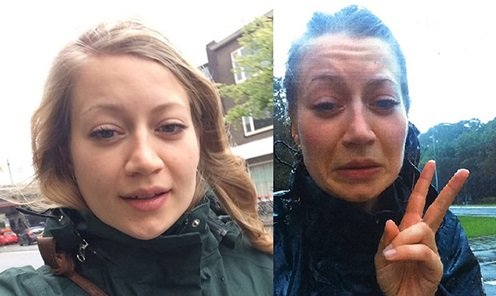



Leave a comment